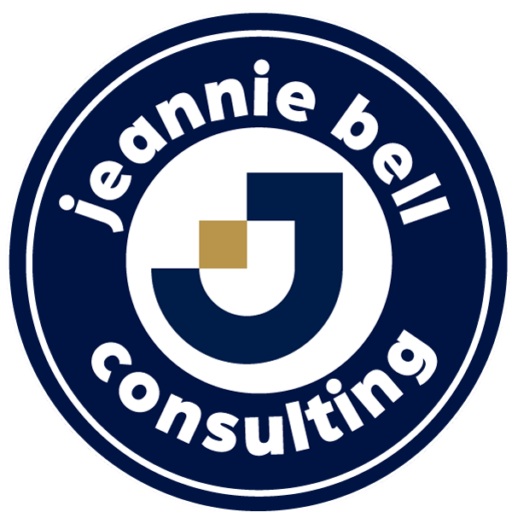Everyone has a website. Not everyone knows how important it is that the site is optimized to attract traffic and generate sales.
What is website optimization?
Definition: Website optimization is all the technical and marketing techniques used to acquire traffic, engage visitors. The intention is to convert that traffic into prospects or buyers. Optimization uses a clearly defined method and includes pre-defined goals.
Beyond this definition, it’s hard to distinguish between the many parts of website optimization. Here is a basic three-step approach to website optimization.
1. Search engine optimization (SEO)
SEO is a digital marketing discipline that focuses on activities linked to the creation of website content based on keywords. In the US and Europe, the vast majority of SEO focuses on Google: Yahoo. While other competitors exist, none are as dominant as these two.
Search Engine Optimization means your company’s ability to boost its Google (or Yahoo) ranking in a targeted, precise way with keywords. Ranking with relevant keywords can deliver qualified visitors. Google constantly updating its algorithms. Those algorithms assign each Web page a relevancy score. That “score” dictates your keyword ranking.
Since 2018, SEO is based on three fundamental pillars which will enable you to boost your ranking.
Website Content
The content of your site is what drives your ranking. Google “crawls” your site’s content and parses your content to display results in its search engine. Creating quality content and resources allows you to engage your visitors and sell your products and solutions. Content, along with design, is the most crucial aspect of your site.
The content of your site can come in various forms (written, visual and video) and will contain keywords you want to use to drive your ranking. Quality content is more likely to get shared. Google interprets sharing as a positive sign.
On-page optimization
In SEO, on-page optimization covers all the technical aspects needed to rank in Google.
Getting down to basics:
- Your tags must be consistent and must contain your targeted keywords.
- Your site must load quickly.
- Your site must be responsive.
- Your site must be HTTP Secure (HTTPS).
- Your site architecture must be consistent and organized.
Links
This is becoming less true but links fuel SEO. In quite an intuitive way, Google takes it as a positive sign when several sites linked to your business point to yours using an external link. When you share content or your users share your site, you make it more likely that a site will share information or talk about you.
2. Optimizing technical performance
Technical performance is the driver of your website. This drives the website visitor experience. Technical performance is a crucial aspect of website optimization. Technical optimization also determines performance factors, which influence your site’s Google ranking.
Three technical areas to focus on:
Optimizing site speed
Site speed is one of the most critical performance indicators of all. It’s estimated that you risk losing traffic when a site takes over 2.5-3 seconds to load and that the abandon rate shoots up after 5 seconds. Site speed can slow for any number of reasons. Below are a few tools that will give you a quick appraisal of the situation:
- PageSpeed (from Google)
- Pingdom Website Speed Test
By boosting speed, you cut abandons caused by slow loading and also help to improve your SEO.
Display on mobiles and tablets
In 2018, 52% of global traffic was generated on mobiles. For some sectors (including shopping), the proportion of mobile traffic can be higher still, rising to 70-80% for some sites. Given this high rate of mobile web browsing, it’s imperative that your website is optimized (or “responsive”) for display on mobiles and tablets.
Make sure your site is responsive by building your page so that the content displayed adapts to the size of the visitor’s display window.
Page errors and hosting performance
Loading errors: we’ve all experienced them. They take the form of an HTTP protocol starting 4XX or 5XX. The most common are:
- 404 (not found)
- 403 (forbidden)
- 401 (unauthorized)
- 400 (bad request)
- 500 (internal server error)
The problem with page errors is that visitors who encounter them, they often signal the end of their visit. Using a crawler, you can identify the page errors on your site so that you can redirect visitors to useful resources. Google search console helps to identify errors.
3. Optimizing conversion and user experience
Optimizing conversion rates covers everything you do to give visitors to your site a better browsing and interaction experience. This is a crucial aspect of any eCommerce site. If you improve the user experience, you will also improve your site’s conversion rate. As well as improving your conversion rate, a good user experience (UX) will also increase customer loyalty.
To improve your UX, you should start by identifying problems by analyzing your data. Tools like Google Analytics will help you gain crucial insights into:
- User type (age, location, sex, etc.)
- Bounce rate
- Conversion rate
- Abandonment rate
When seeking to optimize a site, people will often focus on a single type of optimization (SEO or UX, for example). By itself, that approach will not help you to boost your traffic.
In digital marketing, these 3 types of optimization (SEO, technical and UX) work hand in hand. there’s no use acquiring traffic if it is not qualified and if your site cannot convert it. A technically optimized site will be of little use if it doesn’t attract qualified traffic.



